The new 'TV' app on Mac will support movies from iTunes in up to 4K HDR picture quality and Dolby Atmos audio. The announcement was made at WWDC 2019. 'The Apple TV app for Mac is the new home for all your favorite movies, shows, premium channels, and — coming soon — Apple TV+. Fix #9: Reconfigure Dolby Atmos. You may also try reconfiguring Dolby Atmos for your Windows device. Here’s how: Connect your earbuds, headphones, or earphones to your Windows device. Now, right-click on the Sound icon in the Notification tray. Select Playback device. Right-click on Dolby Atmos and select Properties. Go to the Spatial Sound tab.
Doug May and Brenden Bytheway are long time collaborators, they wrote and performed the music for our first feature length documentary, Iron Cowboy, in addition to countless commercials and YouTube videos. Recently we had a client ask us to shoot and master a video in Dolby Vision and Dolby Atmos and we immediately thought of Brenden and Doug. They, like us at Mystery Box , have never been afraid of pushing limits of both technology and creativity, and so without reservation they built up their sound studio and will soon be one of a handful of Dolby Atoms Certified Post-Sound Facilities.
Together with Bytheway-May, we are excited to now offer Dolby Vision and Dolby Atmos deliveries to both our studio clients and to the independent filmmaking community.
With the release of the 2019 Mac Pro, we've seen and heard a lot about how the new technology is raising the bar for content creators, especially those on the cutting edge of video production like Mystery Box doing 8K / 60P / HDR etc. We've also heard from many saying that the new Mac Pro is overkill for anybody not doing heavy 3D animation or high-resolution video. As a professional post-production sound house, we thought we'd share our two cents on how the new Mac Pro is benefiting those working in sound and music and how it's helping us stay on the cutting edge with the latest mixing tools like Dolby Atmos.
Over the years, we've made our way through almost all of the most popular DAWs. We finally landed on Logic Pro X a few years ago, and we haven't looked back. It has been the best option for us for a handful of reasons, including stability, performance, features, price tag, and aesthetics. It has been a fantastic DAW to work with, both for MIDI and audio. We are comfortable in several other options, but Logic has always been the favorite, especially working in a fast-paced environment where reliability and function are so so critical.
Using Logic Pro as our primary DAW locks us in an Apple ecosystem, which has never been a problem until recently. We've been working on upgraded 2010 5,1 Mac Pro systems (12 core, 3.46 GHz, 128GB 1666MHz RAM, NVIDIA 1080 TI). In the last year or so, our computers seemed to have hit their limit. As we've moved to more complex projects, we find our computers freezing up more and more on playback, unable to keep up with the demands from increasing virtual instrument and plugin use. It's not uncommon for us to have to split a deliverable across multiple Logic projects to avoid the headache of hardware that can't keep up. PC users can get so much more power out of a system at a quarter of the price. We started to wonder if it was time for us to switch to another DAW and migrate over to PC.
Enter the 2019 Mac Pro
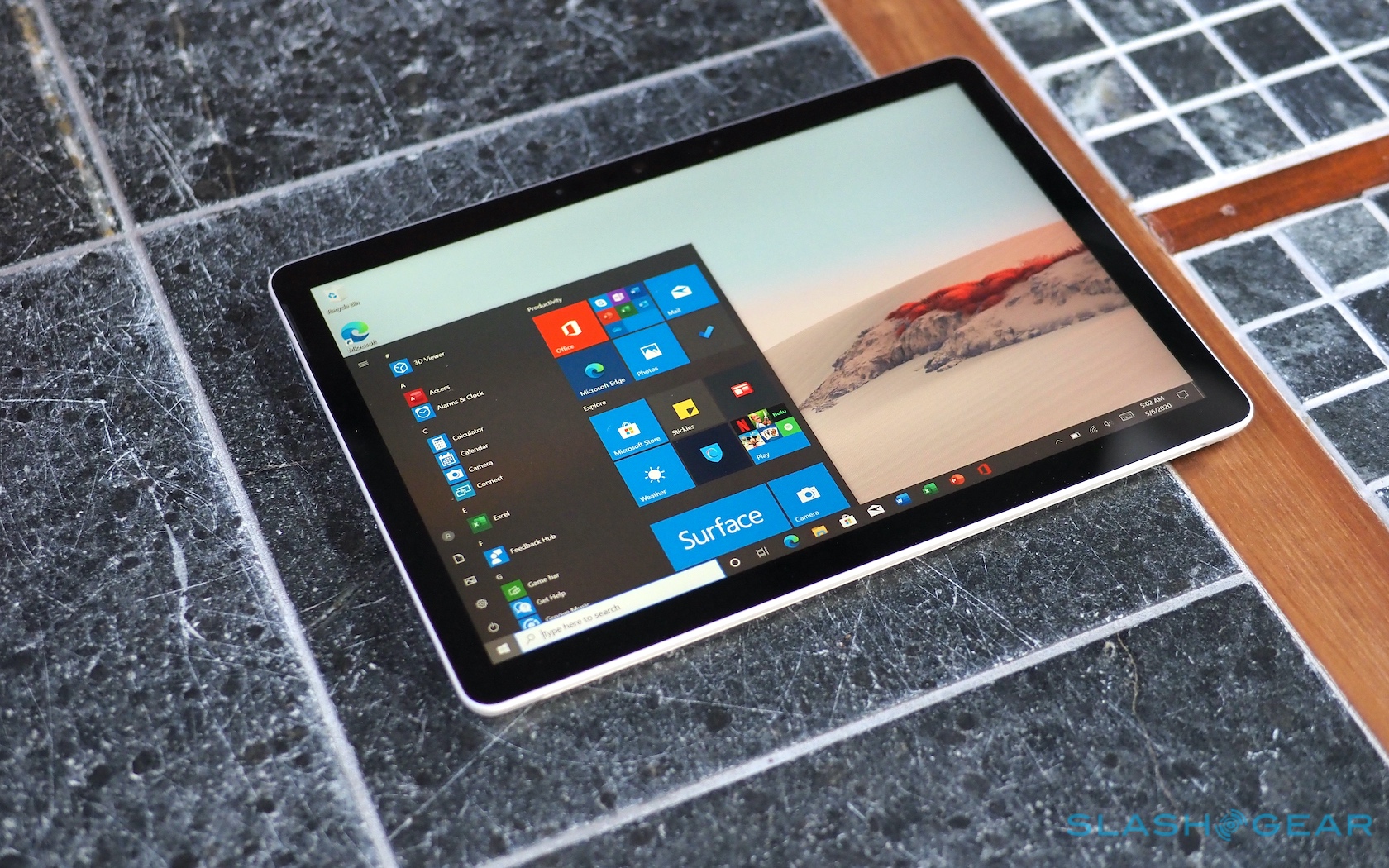
Early this year, we purchased a new machine and began testing a new workflow that included a 2019 Mac Pro (16 core 3.2GHz, 224GB 2933 MHz RAM, AMD Radeon Pro Vega II 32GB). The improvement and upgrade in speed were immediately apparent. Before upgrading, it wasn't obvious how many simple things were slowing us down on a day to day basis (moving tracks, highlighting and moving clips, navigating Finder, opening plugins and projects). The new machine handles all these things with remarkable ease. Additionally, with the latest hardware, Logic can now support much more complex projects with more tracks and more plugins. This support has been sorely needed, especially for composers and sound designers, using massive templates with lots of virtual instruments and bus setups.
One of the things that kept us from moving from our old 5,1 'cheese grater' computers to the 2013 'trash can' was the lack of modular upgradeability. This new Mac Pro is a return to the customizability of our older systems. Our needs are continually changing, so having the ability to swap hardware in and out with so many PCI ports is fantastic for our workflow.
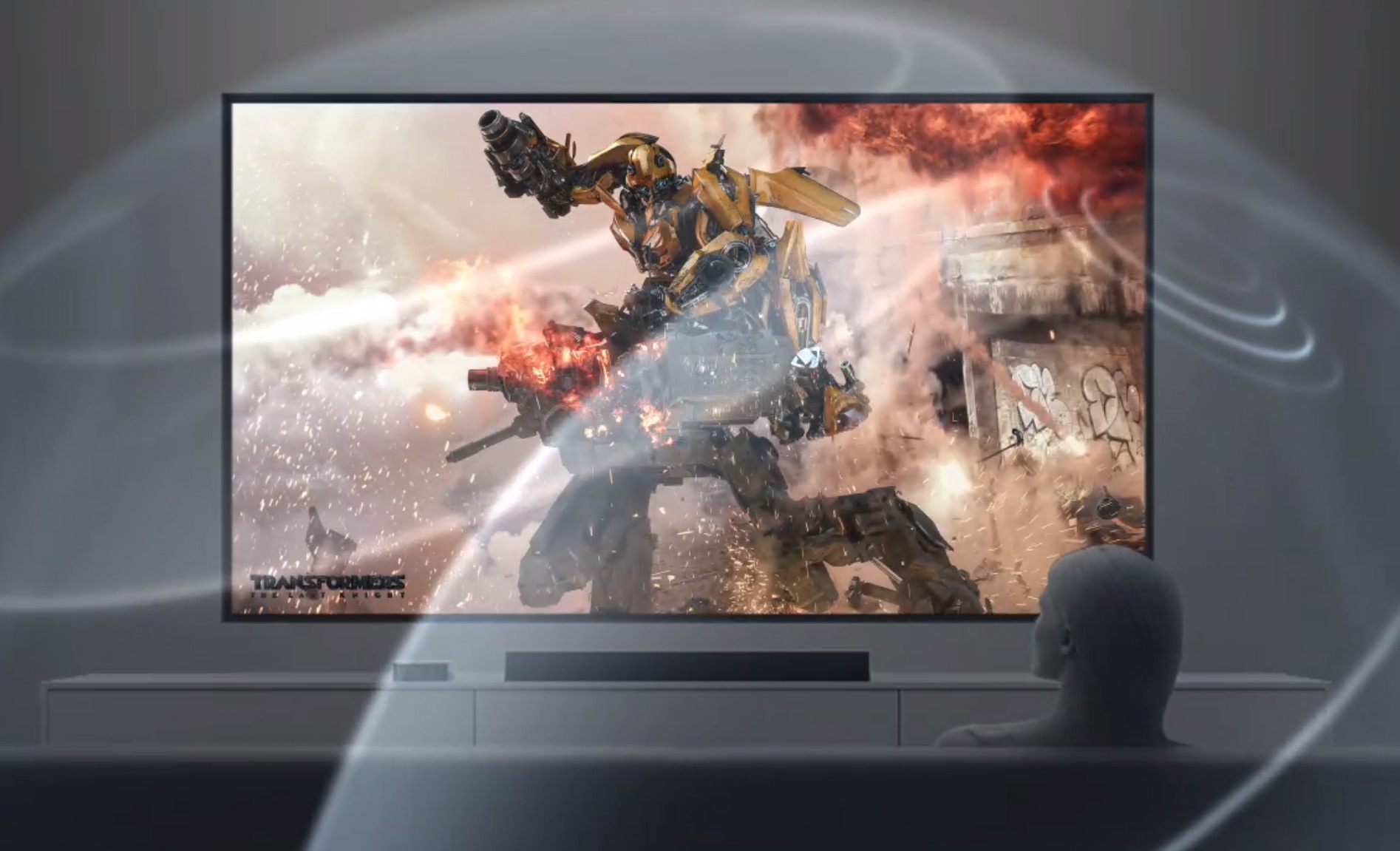
Perhaps the most exciting thing for us with the Mac Pro is how it improves and streamlines our ability to mix and deliver content in Dolby Atmos.
Dolby Atmos
We believe that when it comes to sound, Atmos is the future of media consumption. Object-based mixing in Atmos makes content future-proof as well as ensuring mix translation in any theater setup.
After properly setting up our Atmos system, we pulled up one of our favorite films, Bladerunner 2049, and sat in awe as we were swept away by the whole experience. The sound was so massive that it almost felt awkward to be watching on a 75-inch tv. The experience is truly immersive. With the help of our Barefoot speakers (MM26 on center, MM12 on LR, MM45 on rears, Footprint 01 on heights, and JL Fathom 112 on sub) all placed with tweeters equidistant from listening position, and heights at a perfect 45-degree angle pointed at mixing position, it was a next-level experience. In the first few minutes of the film, K's ship flies across the screen, circles around, and lands behind the viewing position. The seamless transition from rears to rear heights to front heights to front sides makes you feel like you've never actually experienced a film before. This kind of immersion is only realistically possible with Dolby Atmos and object-based mixing.
In the past, hardware requirements have made it relatively inaccessible for sound engineers to mix for Dolby Atmos. There also hasn't been much demand for Atmos outside of Hollywood movies that make it to theaters. That trend seems to be changing as TV companies are offering Atmos ready products, and more streaming services are providing Atmos content.
The Mac Pro comes at a perfect time for sound houses looking to break into Atmos mixing. Previously, capturing and rendering an Atmos mix required a separate and specialized computer known as an RMU (rendering and mastering unit). With the release of the Dolby Atmos Production Suite and Atmos Renderer (only available for Mac), engineers can now mix and render Atmos mixes from their Mac Pros using either Nuendo or Pro Tools without the need for a separate, dedicated computer.
The 2019 Mac Pro provided us with the solution we needed for an Atmos workflow. We were able to run an Atmos session with over 40 objects and 30 bed tracks in Nuendo 10 and capture playback through the renderer without any hiccups. Our CPU sat around 30% usage, sometimes spiking at 75-85% during intense moments. In contrast, we tried this same project on one of our old machines, and it wouldn't play for more than a few seconds without freezing up. These glitches make the renderer useless because it has to capture real-time playback from the project. Within Nuendo, we had very little processing going on, as most of the project was mixed in Logic X, and we were working with the stems. We suspect that if we were to do a full-blown Atmos mix in Nuendo with a lot more plugins, we would see that the CPU would get taxed more and potentially hit the limit of our 16-core machine.
Another reason we believe that Atmos is the future of sound is the ability to re-render a 'downmix' from an Atmos mix. Recently, we re-mixed a stereo song into Atmos for a client. After exporting everything, we compared the stereo re-render downmixed from Atmos with the original stereo mix. We couldn't tell the difference. There were no obvious phasing issues or loss in image quality, and all the objects that we had panned all over the place seemed to translate correctly into the stereo mix. In our opinion, this is pretty mind-blowing, and it makes mixing in Atmos a no brainer.
Looking Forward
Right now, mixing in Atmos is restricted to Nuendo and Pro Tools. While both are great, Atmos capabilities in Logic would be a dream come true for us. We envision a day when we can compose and sound design in a single Logic project with all of our favorite plugins and virtual instruments, and then render that project into an Atmos mix on the same machine. The amazing thing is that with the new Mac Pro and Nuendo, we are virtually there. It may take some time for all the third-party software we use to catch up to the potential of the hardware, but we are excited to see where working in an upgraded Apple ecosystem takes us.
Doug May and Brenden Bytheway are long time collaborators, they wrote and performed the music for our first feature length documentary, Iron Cowboy, in addition to countless commercials and YouTube videos. Recently we had a client ask us to shoot and master a video in Dolby Vision and Dolby Atmos and we immediately thought of Brenden and Doug. They, like us at Mystery Box , have never been afraid of pushing limits of both technology and creativity, and so without reservation they built up their sound studio and will soon be one of a handful of Dolby Atoms Certified Post-Sound Facilities.
Together with Bytheway-May, we are excited to now offer Dolby Vision and Dolby Atmos deliveries to both our studio clients and to the independent filmmaking community.
With the release of the 2019 Mac Pro, we've seen and heard a lot about how the new technology is raising the bar for content creators, especially those on the cutting edge of video production like Mystery Box doing 8K / 60P / HDR etc. We've also heard from many saying that the new Mac Pro is overkill for anybody not doing heavy 3D animation or high-resolution video. As a professional post-production sound house, we thought we'd share our two cents on how the new Mac Pro is benefiting those working in sound and music and how it's helping us stay on the cutting edge with the latest mixing tools like Dolby Atmos.
Over the years, we've made our way through almost all of the most popular DAWs. We finally landed on Logic Pro X a few years ago, and we haven't looked back. It has been the best option for us for a handful of reasons, including stability, performance, features, price tag, and aesthetics. It has been a fantastic DAW to work with, both for MIDI and audio. We are comfortable in several other options, but Logic has always been the favorite, especially working in a fast-paced environment where reliability and function are so so critical.
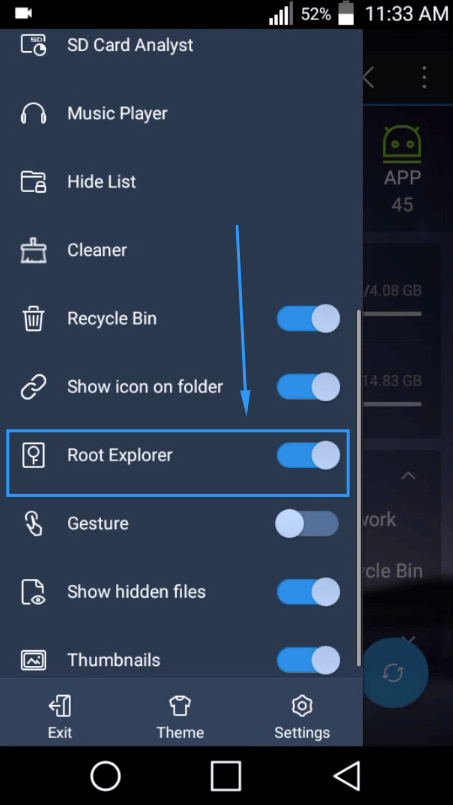
Using Logic Pro as our primary DAW locks us in an Apple ecosystem, which has never been a problem until recently. We've been working on upgraded 2010 5,1 Mac Pro systems (12 core, 3.46 GHz, 128GB 1666MHz RAM, NVIDIA 1080 TI). In the last year or so, our computers seemed to have hit their limit. As we've moved to more complex projects, we find our computers freezing up more and more on playback, unable to keep up with the demands from increasing virtual instrument and plugin use. It's not uncommon for us to have to split a deliverable across multiple Logic projects to avoid the headache of hardware that can't keep up. PC users can get so much more power out of a system at a quarter of the price. We started to wonder if it was time for us to switch to another DAW and migrate over to PC.
Enter the 2019 Mac Pro
Early this year, we purchased a new machine and began testing a new workflow that included a 2019 Mac Pro (16 core 3.2GHz, 224GB 2933 MHz RAM, AMD Radeon Pro Vega II 32GB). The improvement and upgrade in speed were immediately apparent. Before upgrading, it wasn't obvious how many simple things were slowing us down on a day to day basis (moving tracks, highlighting and moving clips, navigating Finder, opening plugins and projects). The new machine handles all these things with remarkable ease. Additionally, with the latest hardware, Logic can now support much more complex projects with more tracks and more plugins. This support has been sorely needed, especially for composers and sound designers, using massive templates with lots of virtual instruments and bus setups.
One of the things that kept us from moving from our old 5,1 'cheese grater' computers to the 2013 'trash can' was the lack of modular upgradeability. This new Mac Pro is a return to the customizability of our older systems. Our needs are continually changing, so having the ability to swap hardware in and out with so many PCI ports is fantastic for our workflow.
Perhaps the most exciting thing for us with the Mac Pro is how it improves and streamlines our ability to mix and deliver content in Dolby Atmos.
Dolby Atmos
Dolby Atmos For Headphones Macbook
We believe that when it comes to sound, Atmos is the future of media consumption. Object-based mixing in Atmos makes content future-proof as well as ensuring mix translation in any theater setup.
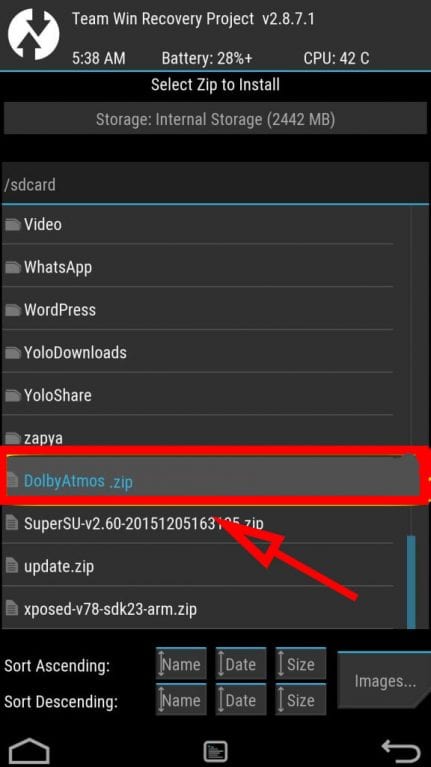
After properly setting up our Atmos system, we pulled up one of our favorite films, Bladerunner 2049, and sat in awe as we were swept away by the whole experience. The sound was so massive that it almost felt awkward to be watching on a 75-inch tv. The experience is truly immersive. With the help of our Barefoot speakers (MM26 on center, MM12 on LR, MM45 on rears, Footprint 01 on heights, and JL Fathom 112 on sub) all placed with tweeters equidistant from listening position, and heights at a perfect 45-degree angle pointed at mixing position, it was a next-level experience. In the first few minutes of the film, K's ship flies across the screen, circles around, and lands behind the viewing position. The seamless transition from rears to rear heights to front heights to front sides makes you feel like you've never actually experienced a film before. This kind of immersion is only realistically possible with Dolby Atmos and object-based mixing.
In the past, hardware requirements have made it relatively inaccessible for sound engineers to mix for Dolby Atmos. There also hasn't been much demand for Atmos outside of Hollywood movies that make it to theaters. That trend seems to be changing as TV companies are offering Atmos ready products, and more streaming services are providing Atmos content.
The Mac Pro comes at a perfect time for sound houses looking to break into Atmos mixing. Previously, capturing and rendering an Atmos mix required a separate and specialized computer known as an RMU (rendering and mastering unit). With the release of the Dolby Atmos Production Suite and Atmos Renderer (only available for Mac), engineers can now mix and render Atmos mixes from their Mac Pros using either Nuendo or Pro Tools without the need for a separate, dedicated computer.
The 2019 Mac Pro provided us with the solution we needed for an Atmos workflow. We were able to run an Atmos session with over 40 objects and 30 bed tracks in Nuendo 10 and capture playback through the renderer without any hiccups. Our CPU sat around 30% usage, sometimes spiking at 75-85% during intense moments. In contrast, we tried this same project on one of our old machines, and it wouldn't play for more than a few seconds without freezing up. These glitches make the renderer useless because it has to capture real-time playback from the project. Within Nuendo, we had very little processing going on, as most of the project was mixed in Logic X, and we were working with the stems. We suspect that if we were to do a full-blown Atmos mix in Nuendo with a lot more plugins, we would see that the CPU would get taxed more and potentially hit the limit of our 16-core machine.
Another reason we believe that Atmos is the future of sound is the ability to re-render a 'downmix' from an Atmos mix. Recently, we re-mixed a stereo song into Atmos for a client. After exporting everything, we compared the stereo re-render downmixed from Atmos with the original stereo mix. We couldn't tell the difference. There were no obvious phasing issues or loss in image quality, and all the objects that we had panned all over the place seemed to translate correctly into the stereo mix. In our opinion, this is pretty mind-blowing, and it makes mixing in Atmos a no brainer.
Looking Forward
Dolby Atmos Macbook Pro 16
Right now, mixing in Atmos is restricted to Nuendo and Pro Tools. While both are great, Atmos capabilities in Logic would be a dream come true for us. We envision a day when we can compose and sound design in a single Logic project with all of our favorite plugins and virtual instruments, and then render that project into an Atmos mix on the same machine. The amazing thing is that with the new Mac Pro and Nuendo, we are virtually there. It may take some time for all the third-party software we use to catch up to the potential of the hardware, but we are excited to see where working in an upgraded Apple ecosystem takes us.